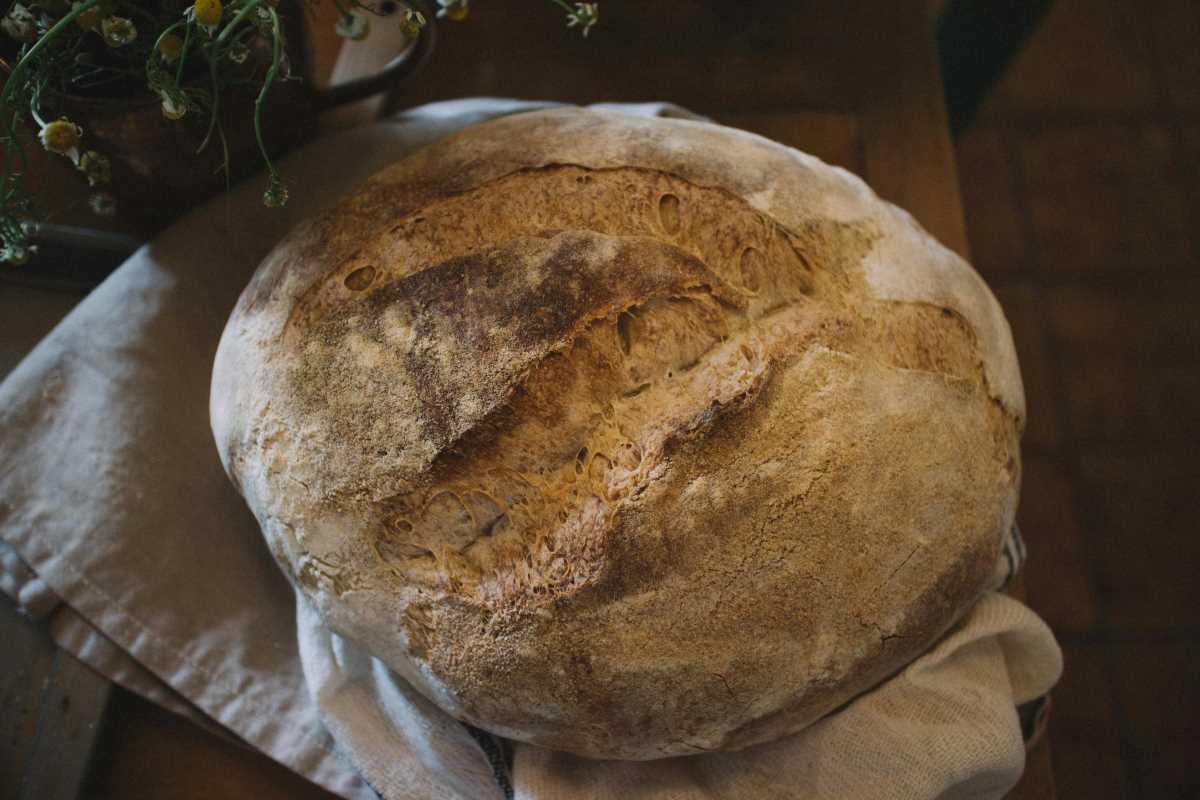Blending flavors from nature with the tastes of regional kitchens brings a world of delicious discoveries to life. The special appeal of traditional herbal teas meets the variety found in local dishes, sparking curiosity and encouraging creativity in every cup and bite. This journey honors the roots of age-old customs while welcoming fresh interpretations, allowing each tasting experience to become a celebration of both history and innovation. As you savor the distinctive notes of herbal infusions alongside beloved regional specialties, you connect with stories passed down through generations and enjoy the excitement of new possibilities in every combination.
Every sip and bite holds a story, and as you embark on this culinary adventure, you will find that blending these elements can elevate a meal into a memorable experience. The delicate balance between the aromatic qualities of herbal infusions and the distinctive flavors of regional specialties creates a multisensory journey that speaks to both the heart and the palate.
The World of Herbal Teas: An Overview
Herbal teas capture the essence of tradition across the globe. They are infused with natural ingredients that people have cherished for their healing properties and comforting flavors. Exploring these beverages introduces you to an array of tastes, aromas, and cultural stories that enhance every dining experience.
Below are some highlighted types of herbal teas enjoyed around the world:
- Chamomile tea – known for its calming effects and gentle floral notes.
- Mint tea – with its refreshing burst and digestive benefits.
- Hibiscus tea – offering a tart, fruity flavor with a striking ruby hue.
- Rooibos tea – a naturally caffeine-free tea with a rich, earthy sweetness.
- Ginger tea – celebrated for its spicy kick and warming properties.
This small collection showcases the diversity and tradition behind tea cultures that have evolved over generations. Each tea carries unique health benefits and regional significance, making them excellent partners for various culinary delights.
As you dive into these flavors, imagine pairing these drinks with foods that highlight their essence. The goal is to create harmonious contrasts or complementary profiles that elevate both the tea and the meal.
What Contributes to a Great Pairing? Core Principles
Understanding the principles behind effective tea and food pairings helps you craft combinations that enhance each component's attributes. Creativity plays an important role when merging traditional herbal teas with regional specialties, as the right blend can amplify flavors and create exciting contrasts.
Here are some key concepts to keep in mind as you start your pairing journey:
- Balance flavors: Match subtle teas with light dishes and bold infusions with rich, hearty foods.
- Highlight regional ingredients: Let local flavors shine by choosing pairings that celebrate native herbs, spices, and produce.
- Consider temperature contrasts: A warm cup of herbal tea paired with a cool, crisp salad can create an invigorating sensation.
- Mind texture harmony: Smooth teas flow well with creamy or buttery foods, while more robust infusions can stand up to crunchy textures.
- Experiment with sweetness and bitterness: Sweet herbal teas work nicely with savory meals, and slightly bitter infusions can accentuate salty dishes.
These guiding principles help you craft pairings that enrich the dining experience without overpowering the inherent qualities of the ingredients. They remind us that harmonious combinations often mirror the cultural stories behind the food and drink.
The art of designing these sensory experiences involves a playful mix of science and passion. Embrace trial and error as a path to your perfect pairing, ensuring the final result speaks true to your personal taste and the heritage of the ingredients.
Classic Regional Pairings: Examples From Around the Globe
Culture and cuisine intertwine beautifully when local beverages join forces with native dishes. The pairing of traditional herbal teas with regional specialties creates a culinary dialogue rich in history and innovation. These pairings reflect regional customs while embracing modern reinterpretations.
Below is a list of notable pairings that illustrate how herbal teas complement regional foods:
- North Africa: Mint tea paired with tagine dishes enhances the sweet and spicy layers of slow-cooked stews.
- Middle East: Chamomile tea together with lightly spiced pita bread and hummus highlights a balance between relaxation and zest.
- Asia: Ginger tea accompanies steamed dumplings or sushi, accentuating delicate flavors with a warming finish.
- Europe: Hibiscus tea pairs well with Mediterranean salads and fresh goat cheeses to create a refreshing yet complex taste profile.
- The Americas: Rooibos tea enhances the robust flavors of barbecued meats and tangy salsa, offering a sweet contrast to smoky dishes.
These combinations exemplify how carefully curated pairings echo centuries of tradition and regional culinary art. You can often find that even locally sourced traditional herbal teas hold the secret to elevating everyday meals into extraordinary experiences.
The regional pairings not only deliver a taste of history but also invite you to experiment and rediscover common ingredients in unexpected ways. They open doors to conversations about heritage, geography, and the art of cuisine itself.
How to Pair at Home: Tips and Tricks
Creating your own pairings in the comfort of your kitchen becomes an exciting adventure when you focus on balancing the flavors of your favorite herbal teas with dishes inspired by worldwide cuisine. The journey of pairing at home is filled with experimentation, discovery, and enjoyable surprises tailored to your palate.
To help set you up for success, consider these practical tips when crafting your tea and food pairings:
- Start with a subtle tea that has a gentle flavor profile if you're new to pairing.
- Experiment with contrasting flavors like a spicy infusion with a sweet or tangy dish to create dynamic contrasts.
- Prepare small tasting portions of both tea and food so you can refine the balance gradually.
- Avoid overwhelming either component – let the tea and the dish gently complement each other.
- Mix elements from different traditions to develop unique pairings that celebrate diversity.
Remember, the key lies in understanding the interplay between ingredients, respecting both the subtle characteristics of your herbal teas and the bold profiles of regional foods.
Enjoy discovering new flavors, and let each meal inspire your cooking.







